Le Bureau de le Resistance has needed to take its operations underground.
The Stream will experience a hiatus of unknown duration.
Respect to all agents of the liberation.
Stay tuned & Peace Out.
Le Bureau de le Resistance has needed to take its operations underground.
The Stream will experience a hiatus of unknown duration.
Respect to all agents of the liberation.
Stay tuned & Peace Out.
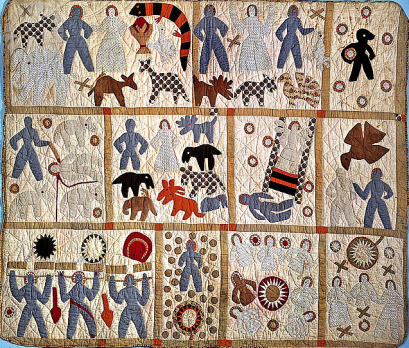
The notion of ‘biocultural rights’ goes beyond individual rights and private property to explicitly recognize a community’s identity, culture, governance system, spirituality and way of life as embedded in a specific landscape. It represents a bold new departure in human rights law that recognizes the importance of a community’s stewardship over lands and waters. The emerging movement for biocultural rights is woven from four main strands:
.
Read David Bollier’s short article “The Rise of Biocultural Rights” and dig deeper with the longer and more detailed proposal by Kabir Sanjay Bavikatte and Tom Bennett, Community Stewardship: the foundation of biocultural rights
Illustration (quilt) by Harriet Powers
The Zen Master Shunryu Suzuki Roshi gives a playful teaching on meditating with sound as a pathway into deeper conscious connection of being.
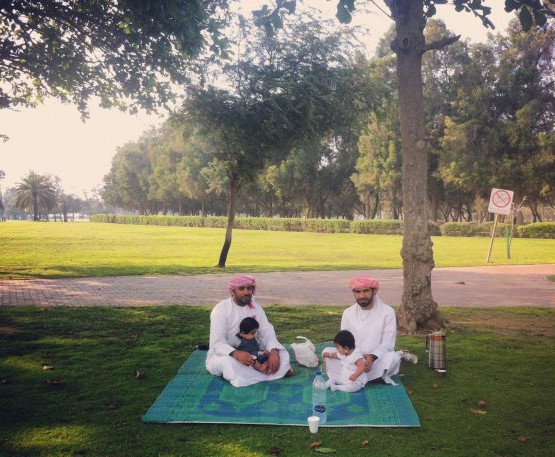 In the mainstream media, the phrase ‘The Middle East’ has become shorthand for conflict, destruction and fundamentalism.
In the mainstream media, the phrase ‘The Middle East’ has become shorthand for conflict, destruction and fundamentalism.
A group of photographers fed up with being commissioned to cover extreme people and situations, decided to collaborate on creating a forum for imagery showing life in Middle Eastern countries in a more ‘normal’ light.
The Instagram feed @everydaymiddleeast is the result. Founder Lindsay Mackenzie speaks about the story behind the collective and their vision. Read more >>
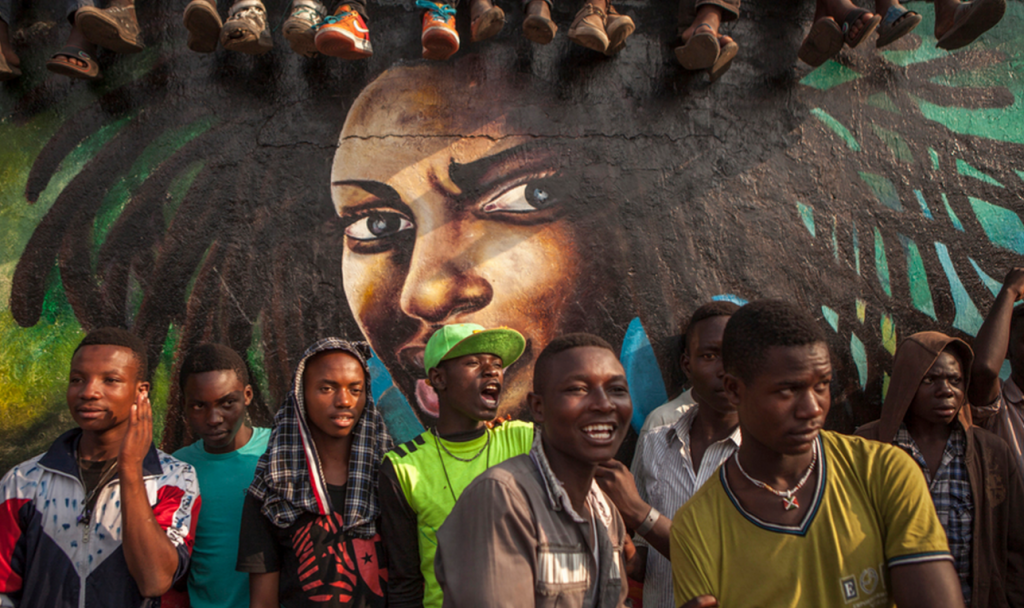 For the youth of Goma, the capital of North Kivu in Eastern DR Congo, dance has become a form of resistance against violence and a tool for peace-building in a mineral-rich region devastated by decades of conflicts.
For the youth of Goma, the capital of North Kivu in Eastern DR Congo, dance has become a form of resistance against violence and a tool for peace-building in a mineral-rich region devastated by decades of conflicts.
Watch this photo-reportage by Salym Fayad, an independent reporter and photographer from Bogota.
South Central LA, known mostly for gangsta hip-hop and riots, is not perhaps the place you would expect a gardening revolution. However, fed-up with the absence of good produce and observing how ubiquitous fast-food drive-bys create poor community health, Ron Finlay started growing food on the ragged strip of pavement outside his house. Then he started encouraging others to do the same.
A movement has emerged and here he outlines his vision for a world where cities are fertile and all citizens have direct access to free fresh food.
.
 Martin Luther famously once said, “Even if I knew that tomorrow the world would fall to pieces, I would still plant an apple tree.”
Martin Luther famously once said, “Even if I knew that tomorrow the world would fall to pieces, I would still plant an apple tree.”
Since 1979 Jadav Payeng has been planting trees to make sure that his world would not fall to pieces – on Majuli, a constantly-eroding island in the Brahmaputra river in Assam, India. To date he has single-handedly planted, and nurtured, a forest larger than New York’s Central Park – a forest that now hosts elephants, rhinos, vultures and even tigers.
Forest Man tells his story >>
[Dispatch posted by the Bureau for Agent Stephen in the field.]
.
This clip from Submedia TV shows how men and women have been fighting the head-chopping ISIS to create a libertarian commune along the border between Syria, Iraq and Turkey.See also this more in-depth documentary from anonymous journalists who had to dodge Turkish army patrols to enter the autonomous zone area to meet Kovan Direj, a Kurdish activist, and read Adam Curtis’s post and analysis of the situation.
.
“We were never as free as we were under the Occupation”
This BBC documentary is an invitation to spend 50 minutes with ‘one of the greatest minds of the 20th century.’
.
Alan Watts and Terrence McKenna weave together their seminal visions of our nature and condition into a call for conscious change.
.
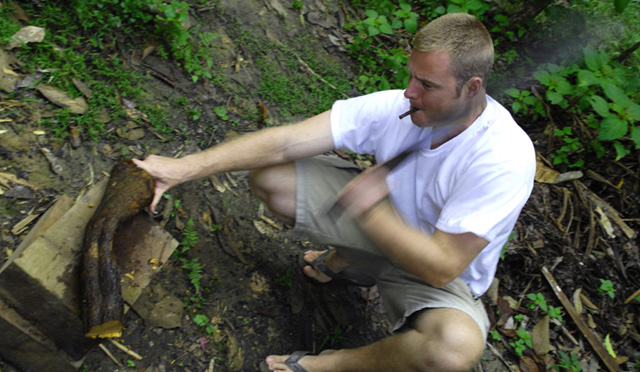 Recent years have seen the visionary South American plant medicine ayahuasca acquire a growing reputation as a powerful catalyst for healing and transformation.
Recent years have seen the visionary South American plant medicine ayahuasca acquire a growing reputation as a powerful catalyst for healing and transformation.
American shaman Hamilton Souther apprenticed with traditional ayahuasca healers in Peru and has spent many years working in the Amazon with the visionary plant. Back in the States, he discovered that cannabis could be used in a similar way for shamanic healing – and then took the work to a whole other level, using internet streaming technology to conduct global journeying and healing ceremonies with large numbers of people.
This interview by Zoe Helene with Souther explores his meeting with the spirit of the cannabis plant and his way of working with plant medicines using mesas, icaros (medicine songs) and other ‘shamanic technology’
 Tired of reportages depicting favela kids in poverty-stricken misery, Iris Della Roca decided to ask the children how they wanted to be photographed. The results are inspiring, poignant and complex. See the images >>
Tired of reportages depicting favela kids in poverty-stricken misery, Iris Della Roca decided to ask the children how they wanted to be photographed. The results are inspiring, poignant and complex. See the images >>
Iris is a member of the artist collective World Wide Women
.
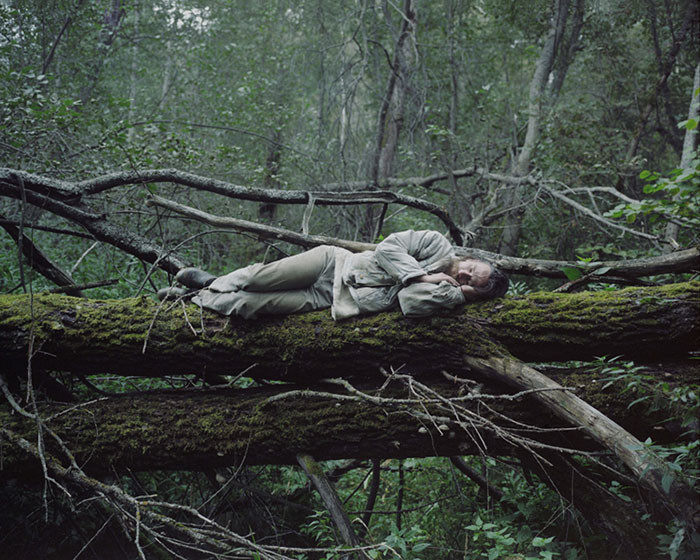 “School, work, family – once in this cycle, you are a prisoner of your own position. You should be pragmatic and strong, or become an outcast or a lunatic. How to remain yourself in the midst of this?” is the central question raised by the Russian photographer Danila Tkachenko’s work.
“School, work, family – once in this cycle, you are a prisoner of your own position. You should be pragmatic and strong, or become an outcast or a lunatic. How to remain yourself in the midst of this?” is the central question raised by the Russian photographer Danila Tkachenko’s work.
Tkachenko traveled through Russia and Ukraine in search of hermits living in self-imposed exile, far away from any city or village. The photo series Escape was the result.
See the full series here >>>
.
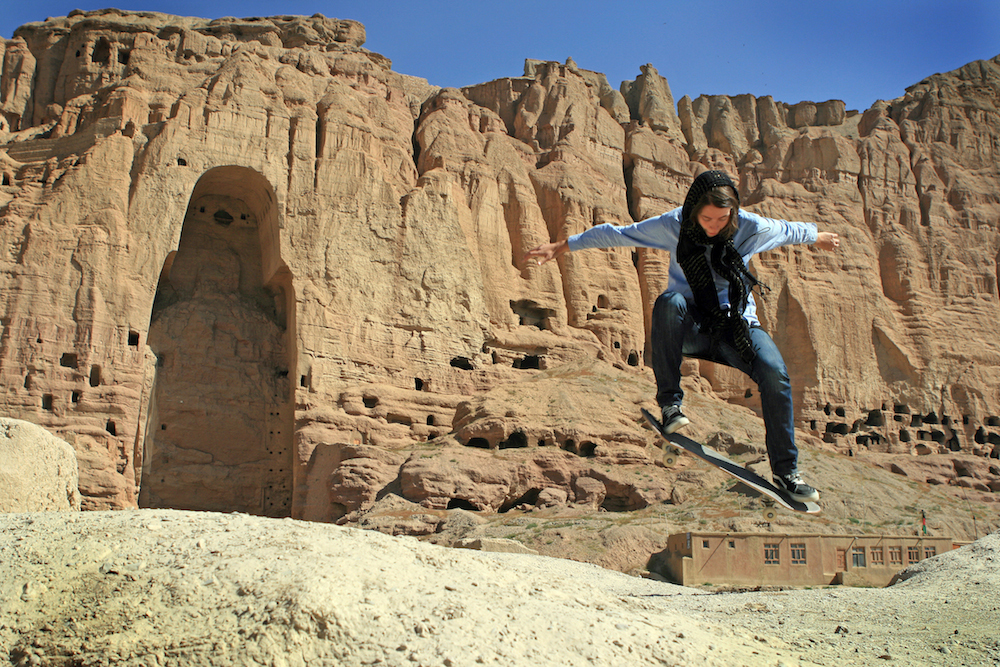 Skateistan began in 2007 when an Australian skateboarder, Oliver Percovich, discovered a perfect spot to skate at the weekend – Mekroyan Fountain, an abandoned, Russian-era concrete relic located in the heart of Kabul. In 2009 Percovich created the non-profit skate school in Afghanistan. The goal is simple: to use skateboarding as a tool for empowerment in a country worn away by 30 years of conflict and dislocation. The children, and especially the girls, come for skateboarding, they stay for education writes Kat Lister.
Skateistan began in 2007 when an Australian skateboarder, Oliver Percovich, discovered a perfect spot to skate at the weekend – Mekroyan Fountain, an abandoned, Russian-era concrete relic located in the heart of Kabul. In 2009 Percovich created the non-profit skate school in Afghanistan. The goal is simple: to use skateboarding as a tool for empowerment in a country worn away by 30 years of conflict and dislocation. The children, and especially the girls, come for skateboarding, they stay for education writes Kat Lister.
There’s many dreamers out there with visions for new ways of living. The instigators of Kalu Yala are having a go at co-creating “the world’s most sustainable modern town” in the Panamanian jungle.
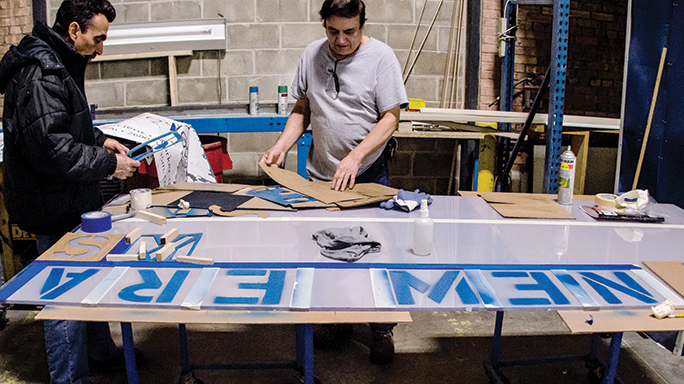 The New Era windows factory in Chicago is a worker-owned cooperative. There are thousands of cooperative businesses in America and around the world, but New Era is remarkable in that it emerged, phoenix-like, from exploitative corporate ownership into an effective operation based on equal rights and consensus decision-making.
The New Era windows factory in Chicago is a worker-owned cooperative. There are thousands of cooperative businesses in America and around the world, but New Era is remarkable in that it emerged, phoenix-like, from exploitative corporate ownership into an effective operation based on equal rights and consensus decision-making.
Astra Taylor chart the story of how the original company’s owners pretended to close down the factory and sack the entire workforce, only to try and take the machines to another, more profitable location. The workers, inspired by Argentinian horizontalidad factory occupations and the Basque Mondragon Co-ops, refused to leave, took over the factory and eventually managed to buy the facilities for a song and set-up New Era.
Read the full article by Astra Taylor >>
A Hello Hub is an outdoor computer kiosk hooked up to free, solar-powered Internet and running hundreds of educational games. It’s rugged enough to handle dust storms, rain, and thousands of users. Built and owned by the community, it’s available for anyone—adults or children—to use anytime. This report by Adele Peters outlines plans to bring Hello Hubs to communities without access to schools and/or teachers, including refugee camps.
It also raises interesting questions around how education looks when not rooted in human relationship, and whether the alliance of community and technology can replace, or re-shape the role of mentors.
 Depending on who’s asking, the idea of giving legal rights to nature may seem completely outlandish or entirely sensible. Bolivia, which currently has a government with an indigenous majority is in a process of enshrining legal rights for the natural world.
Depending on who’s asking, the idea of giving legal rights to nature may seem completely outlandish or entirely sensible. Bolivia, which currently has a government with an indigenous majority is in a process of enshrining legal rights for the natural world.
It’s not without paradox, for the economy of the country is reliant on extractive industries such as mining and natural gas production, but it’s nevertheless a milestone in the diverse global movement expressed by some as eradicating ecocide.
“With a calm mind we gain a broader perspective, a perspective on our environment. We seek not only our own happiness; instead, calmly looking at the circumstances surrounding us, we regard our environment as our companion and we are able to maintain a calm and peaceful state”
In an intense and sometimes crazy world that is seemingly tipping increasingly into chaos, Zen practice offers a pathway to stilling the mind and learning to maintain that mental stillness in the world.
Zen Master Taigen Shodo Harada Roshi offers a clear, simple 20minute introduction to the basics of Zazen sitting meditation. Bringing the mind to order, by connecting it to the simple order of the body and the breath.
[Note for viewers who don’t understand Japanese! – you may need to turn subtitles on: click the little cog on bottom right menu bar to get the option up.]